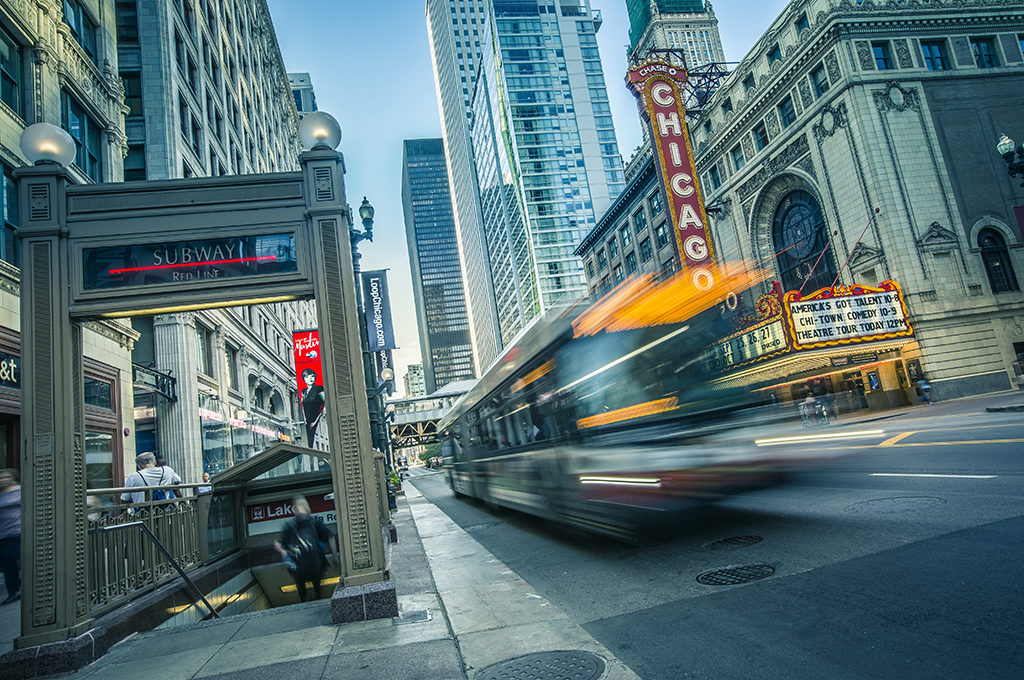McDonald’s is the latest in the string of high-profile moves from the suburbs to Chicago’s Central Business District (CBD), following in the footsteps of Motorola Solutions, Kraft Heinz, Hillshire Brands, and Con Agra. Since 2007, more than 50 suburban companies have moved or opened up offices in the CBD. According to a June 15th Chicago Tribune article, 21 high-profile companies made the move in 2012 and 2013 alone. In June 2016, McDonald’s executed a 390,000-square-foot build-to-suit lease with Sterling Bay on the former Harpo Studios site to accommodate 2,000 corporate employees for a move scheduled in 2018.
While suburban locations provide a more cost effective base of operations, companies have increasingly relocated to the CBD in search of talent. With a growing workforce of Millennials who prefer to live downtown, many companies view the CBD presence as an essential recruiting tool. The most progressive, like McDonald’s, have transplanted their entire workforces, while others have opened a satellite office to provide flexibility for workers who are reluctant to move downtown.
Over the past ten years, CBD vacancy rates have decreased from 15.3 percent to the current low of 11.6 percent, primarily due to the growing technology sector fueling positive net absorption. During this time positive net absorption has averaged 1,120,853 square feet per year. According to Colliers International’s first quarter Downtown Office Market Report, average gross rental rates have increased from $30.36 per square foot in 2006 to $37.00 per square foot in 2016.
Rising Rental Rates? Not so fast …
Will the suburan migration and growing technology sector impact asking rental rates in downtown Chicago?
The obvious answer is “YES!” but not in the direction most would expect. Based upon a glut of new and old office space hitting the market between 2018 and 2020 and taking into account average absorption rates seen in the CBD over the past 10 years, the market will begin to reflect a reduction in asking rental rates as early as 2017. I have identified the following key market events that support this statement:
- As of June 30, 2016, Colliers International researchers have indicated that there are a whopping 71 contiguous blocks of available space 50,000 square feet or greater in the CBD.
- In December 2015 The John Buck Company announced a new lease with CNA Insurance to anchor a new 820,000-square-foot building at 151 North Franklin. 450,000 square feet remain available with completion date of 2018.
- As part of CNA lease, The John Buck Company took ownership of CNA’s existing 1.1-million-square-foot building at Wabash and Van Buren, which will be 100 percent vacant when CNA relocates in 2018.
- In May of 2016 White Oak Realty Partners announced construction on a new 432,000-square- foot spec office development at 625 West Adams to be completed in 2018.
- There are strong rumors Tishman Speyer has landed a 400,000- to 450,000-square-foot anchor tenant for its 1.1-million-square-foot development at 130 North Franklin to be completed in 2019.
- Union Station and the old Post Office renovations /additions are looming and could add significant amounts of additional CBD space in 2019 and 2020.
There is a clear “buzz” throughout the marketplace from landlord leasing agents that the volume of larger tenants seeking space (50,000 square feet or greater) is substantially down. The lack of larger tenants seeking new space coupled with a glut of new space hitting the CBD is a clear indication asking rental rates will begin to decrease towards the end of 2017 and beyond.
The suburban migration of large corporations downtown will be a huge boost to Chicago’s economy and the residential real estate market. The impact on commercial real estate will not be as noticeable, especially if the suburban migration does not affect positive absorption as we just witnessed with the new McDonald’s lease and several others over the past eight years. In addition, with a significant amount of new inventory coming to the market between 2018 and 2020, it’s only logical asking rental rates will decrease.
Tony Karmin holds over 25 years of commercial real estate experience, specializing in the representation of a diverse client base in office lease relocations and renegotiations, both locally and nationally. His client service includes structuring and negotiating commercial leases, developing comprehensive and strategic real estate plans and assisting with the acquisition and disposition of owned or leased properties.

 Tony Karmin
Tony Karmin

 Anthony Shell
Anthony Shell
 Andrew Steele
Andrew Steele
 Aaron Jodka
Aaron Jodka Michelle Cleverdon
Michelle Cleverdon